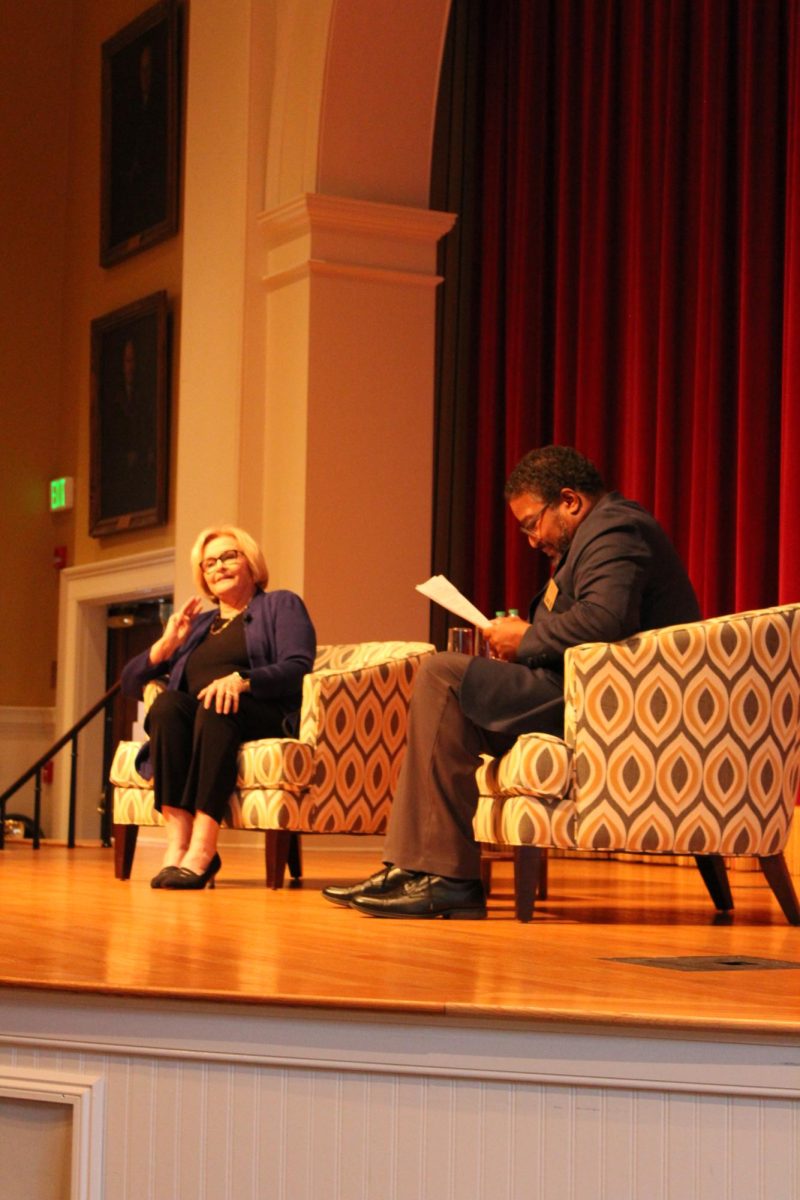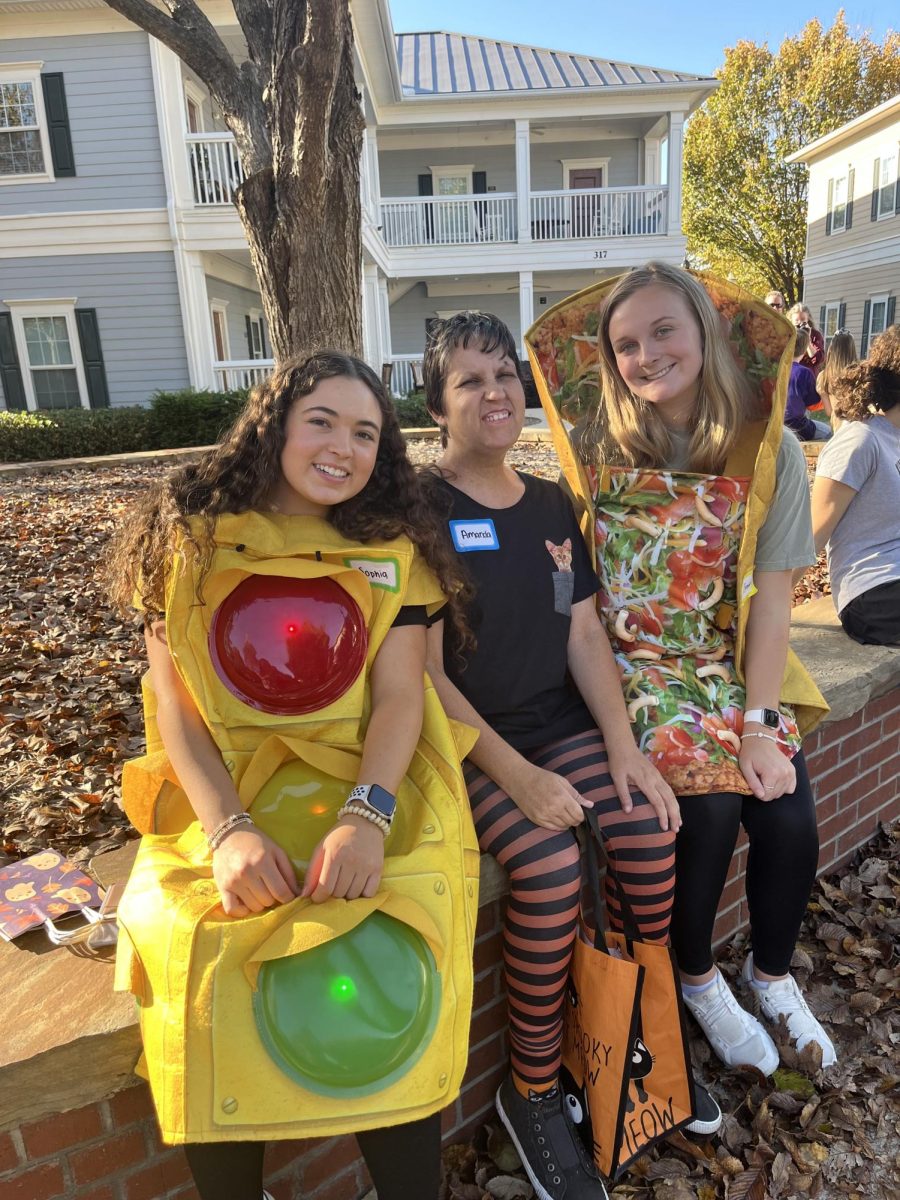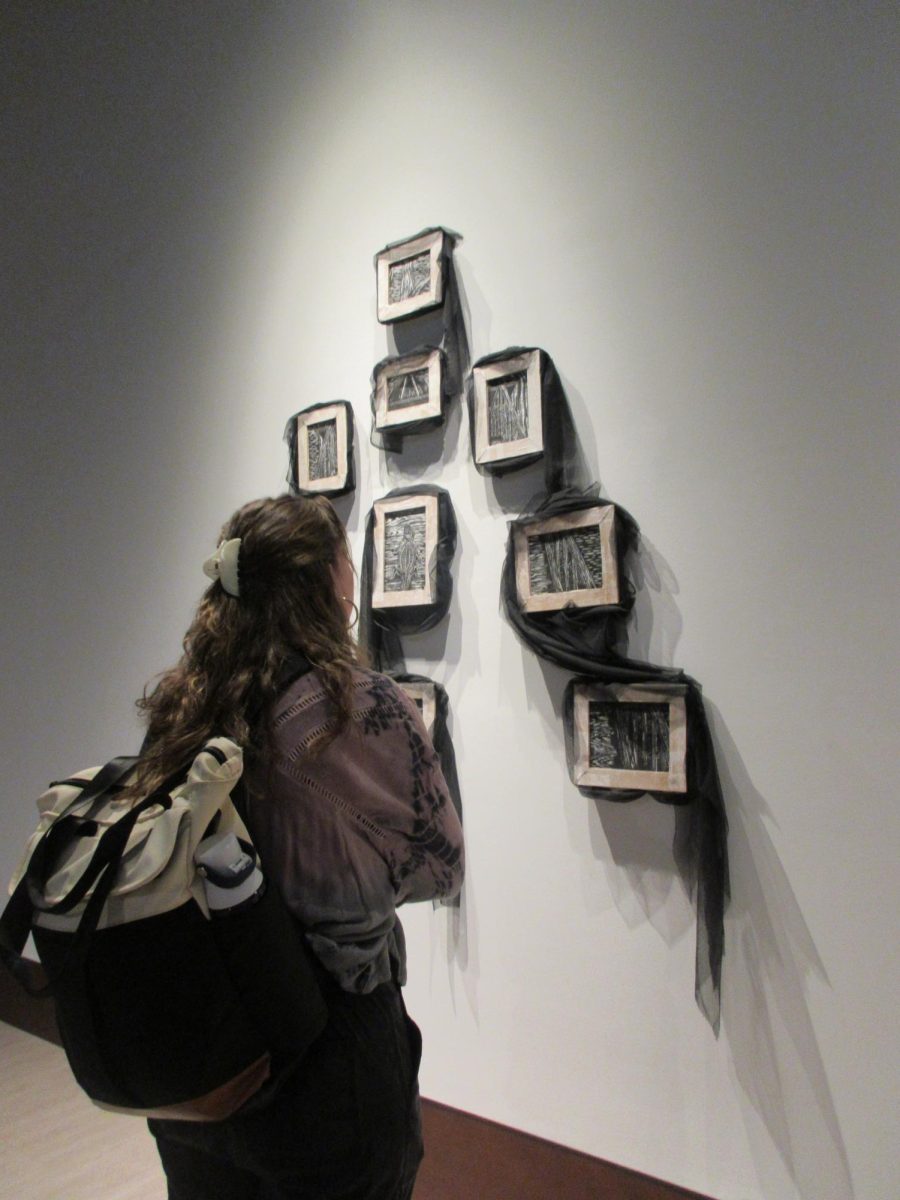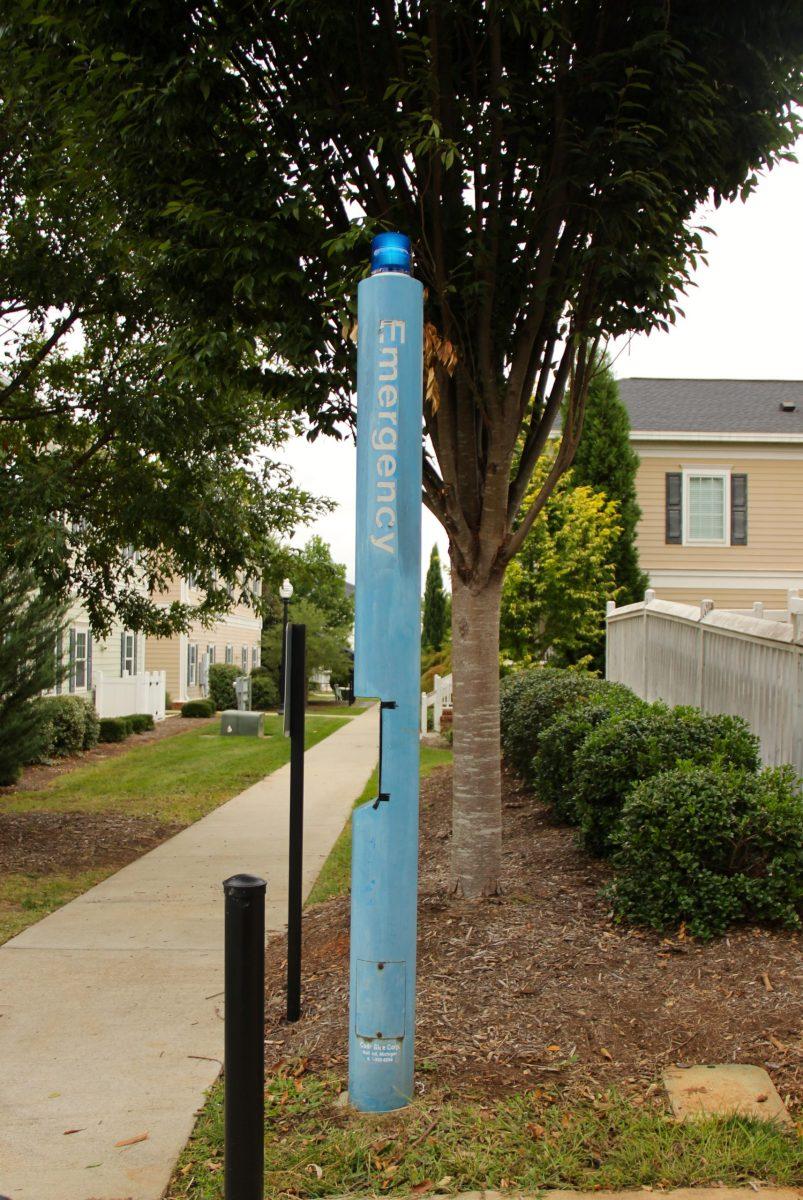HOW EFFECTIVE ARE THE EMERGENCY BLUE LIGHTS ON CAMPUS? —
Spartanburg’s crime rate is more than double the national average, with violent crimes tripling the average according to the City Data website. The emergency blue lights posted near and around Wofford’s parking lots, as well as the emergency phones stationed outside of the dorms, can be activated when students encounter crimes or emergency situations. All students have to do is push the button.
“Many schools purchase these emergency phones with the knowledge that prospective students and their parents will keep an eye out for them during campus tours,” says the editorial board in the University of Iowa’s online newspaper.
The article claims that the blue lights are rarely used and are wasteful of college resources. Specifically, the prevalence of cell phones on campus renders the blue lights obsolete.
Wofford’s own blue lights have been installed on campus for at least eight years. More were added with the construction of the Village.
“They are maintenance intensive. They’re a good resource to have, but they do have some maintenance involved,” says Randy Hall, director of campus safety.
Hall says that the lights are checked once per week. Any problems are immediately reported to the vendor. Currently, all lights are functioning, though dim bulbs are set to be replaced at $250 each.
Students living in the Village may have noticed a flashing emergency light in Phase I. The light started flashing on the second weekend of classes and continued to flash for three and a half weeks.
“The problem was, as someone who is sensitive to flashing lights for medical reasons, I didn’t particularly want it to stay on for a long period of time. The worst part of it was that because my room was right next to the light at night, it would flash into my room creating a strobe light affect, which bothered me a lot,” says junior Angela Ditolla.
Ditolla called both campus safety and Dean of Students Roberta Bigger. After an officer checked to make sure that no one was standing next to the light, Ditolla was told not to worry and that the situation would be dealt with.
“It frustrated me that it took three and a half weeks for it to actually be dealt with. I really hope that the college would have been more proactive in fixing the light both for my personal reasons and for safety reasons in general,” says Ditolla.
Hall says that the light was eventually fixed when the vendors unplugged it and plugged it in again. The error was with the phone line and not the emergency phone itself.
“I wasn’t too concerned about it because the phone has been working,” Hall says.
The most common use of the phones is lost visitors and illness.
“The last time one was used, we had a medical emergency. The phone rang and told the officers exactly where to go. We were able to quickly go to the location and prepare the area for the ambulance,” Hall says.
“They’ve been very effective when they’ve been deployed,” says Hall.
A publication in Campus Safety Magazine claims that the blue lights fill in where cell phones can’t. The article states that they are durable, universally accessible, and more reliable than cell phone safety apps.
“As we go forward and do more construction, we always think about where we can put some more emergency phones. We definitely think the cost of the phones is worth it. I think they’re a great resource, but it’s like anything else. You have to maintain them,” Hall says.
























